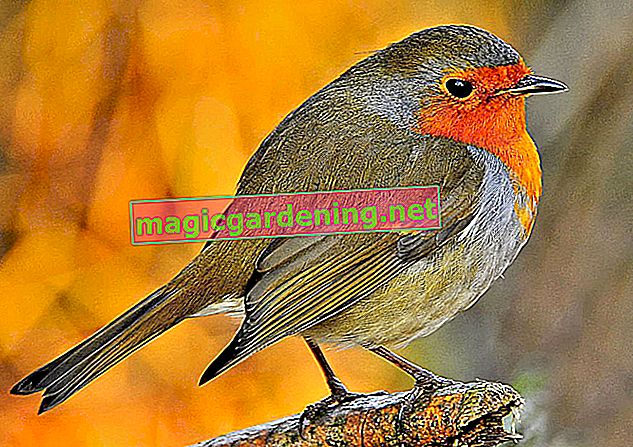
Small profile of the forget-me-not
- Botanical name: Myosotis
- Popular names: blue eyebright
- Family: Raeblattgewächse
- Occurrence: Europe, Asia, Africa, North America
- Species: 50 species, including 41 in Europe
- Leaves: green, rough, hairy
- Flowers: 5 sepals, arranged in a bell or funnel shape
- Flower color: mainly light blue, less often white, pink, yellow
- Flowering time: depending on the species from April to September
- Propagation: seeds, root division, cuttings
- Height: 10 to 50 centimeters, some species up to 80 centimeters
- Age: one year old, two year old, perennial
- Toxicity: few toxins in non-toxic concentration
- Winter hardiness: absolutely hardy
Where does the name forget-me-not come from?
The name has been guaranteed since the 15th century. Among other things, it is traced back to a legend in which the tender plant asked God not to forget it.
also read
- This location does justice to the Caucasus forget-me-not!
- Forget-me-not: plant and care
- Forget-me-not is edible
Forget-me-not is also considered a flower of loyalty and parting in love.
Location and flowering time depend on the variety
The non-toxic forget-me-not is one of the spring flowers, as the most common varieties grown in the garden or in pots come from the forest forget-me-not. They have their main flowering time in May.
The forget-me-not is also popular as a planting on the bank edge. For this purpose, the swamp forget-me-not is grown as a perennial perennial.
In nature, the most favorable location for forget-me-nots is shady to partially shaded. The perennial does not tolerate direct sunlight. The soil must never dry out completely and, with the swamp forget-me-not, should like to be swampy.
Ornamental plant only since the 19th century
Forget-me-not was considered a wild plant over the centuries, which was also used as a medicinal plant.
It was not until the 19th century that the flower was grown as an ornamental plant in gardens. The cultivated forms used here come either from the forest forget-me-not or from the swamp forget-me-not.
Forget-me-nots can be preferred in the house, but are not suitable as a houseplant.
Tips
The ornamental plant carries the trivial name forget-me-not, based on a legend, not only in the German language. In English it is called Forget-me-not. In the past, the plant was popularly referred to as lobelia as being true to men.








